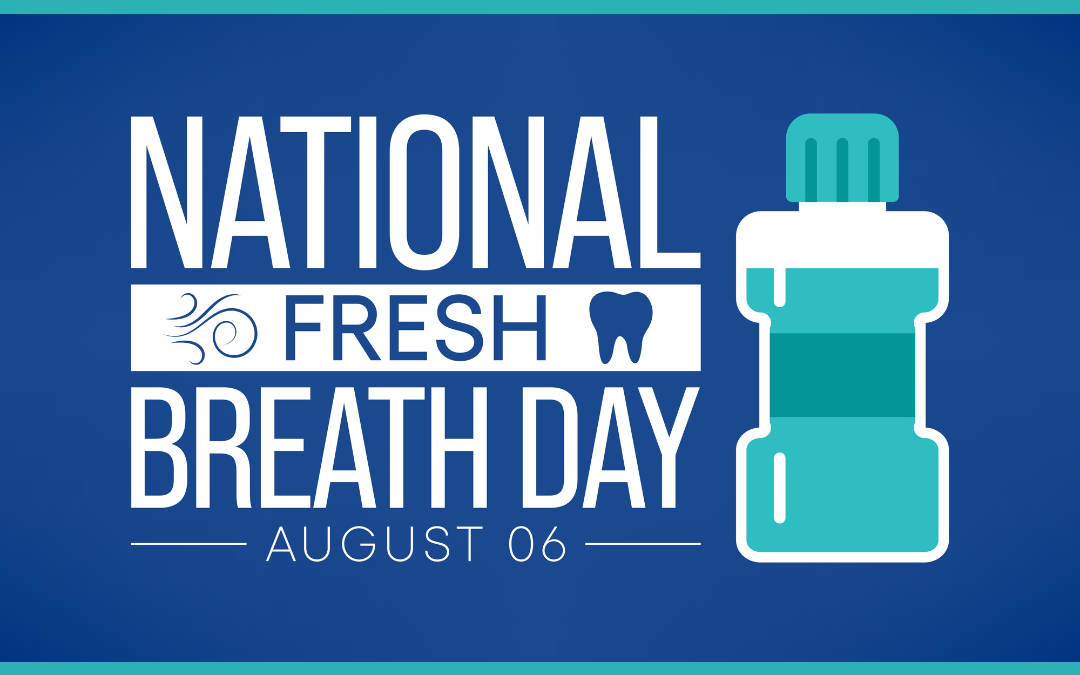World Food Day is a day of action against hunger. On October 16, people around the world come together to declare their commitment to eradicate hunger in our lifetime. Because when it comes to hunger, the only acceptable number in the world is zero.
World Food Day celebrates the creation of the Food and Agriculture Organization of the United Nations (FAO) on October 16, 1945 in Quebec, Canada. First established in 1979, World Food Day has since then been observed in almost every country by millions of people.
In North America, grassroots events and public awareness campaigns engage diverse audiences in action against hunger. From hunger walks and World Food Day dinners to meal packaging events and food drives, there are many ways for people to be a part of solutions to hunger.
Each year, advocates come together to raise awareness and engage Americans and Canadians in the movement to end hunger.
Why care about hunger?
Because the right to food is a basic human right. In a world of plenty, 805 million people, one in nine worldwide, live with chronic hunger.1 The costs of hunger and malnutrition fall heavily on the most vulnerable.
- 60% of the hungry in the world are women.
- Almost 5 million children under the age of 5 die of malnutrition-related causes every year.
- 4 in 10 children in poor countries are malnourished damaging their bodies and brains
Because we can end hunger in our lifetime. It’s possible. The world produces enough food to feed every person on the planet. In September 2000, world leaders signed a commitment to achieve eight Millennium Development Goals by 2015. MDG #1 is eradicate extreme poverty and hunger and includes three targets.
Because the cost of neglect is too high. No one in the world should have to experience hunger. In addition to the cost of human suffering, the world as a whole loses when people do not have enough to eat. Hungry people have learning difficulties, are less productive at work, are sick more often and live shorter lives. The cost to the global economy because of malnutrition is the equivalent of US$3.5 trillion a year. Hunger leads to increased levels of global insecurity and environmental degradation. Ending hunger is not just a moral imperative, but also a good investment for society.
Because it can happen to anyone. Even in the U.S., one of the richest countries in the world, one in seven Americans – 14.3 percent – does not have enough to eat.10 Nutritious food can be expensive, making a balanced diet a luxury for many. Loss of a job, a family tragedy, poor health, or an accident can make anyone, anywhere, go hungry in a moment. Globally, extreme climate events, war, or even financial crisis can dramatically affect a person’s ability to feed themselves and their families. Without social safety nets, resiliency measures and good policy in place, these small and large events can set off a cycle of hunger and poverty.


National Fresh Breath Day 2023! (Aug. 6)
National Fresh Breath Day 2023! (Aug. 6) 🌬️💨 Happy National Fresh Breath Day! 💨🌬️ Take a breath of fresh air and keep those pearly whites sparkling! Remember to brush, floss, and rinse for a confident smile that leaves...

Help Your Kids Have a Healthy Halloween! (2022)
Help Your Kids Have a Healthy Halloween! (2022) As kids we loved Halloween, dressing up in our favorite costumes and going door to door collecting as much candy as we could. However, now that we are adults, we want our kids to make healthier choices for Halloween. So,...

Everything You Need to Know About Toothaches.
Everything You Need to Know About Toothaches February 9 is National Toothache Day, which makes it the perfect day to learn about everything you need to know to know about toothaches. If you have questions, then speak with your dentist so they can provide you with more...

